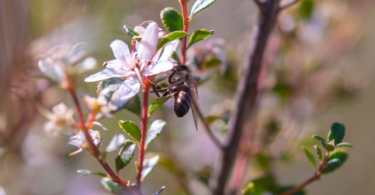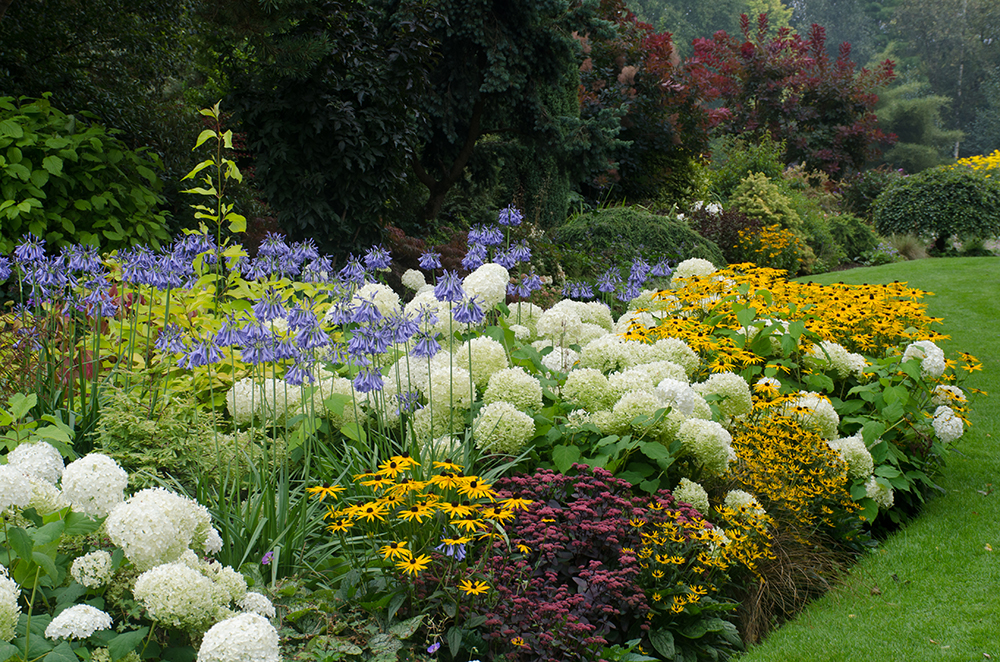By Rami Moorosi
Commonly misunderstood, these types of plants get their nutrients by trapping and ingesting small insects. Carnivorous plants are typically found in habitats where the soil is poor in nutrients, particularly nitrogen.
To survive in such hostile milieus, the plants have been equipped not only with the ability to trap prey, but also with digestive enzymes to absorb the nutrients that they need but cannot get from the soil. These cunning plants generally produce scents or nectar to attract their naive victims.
Carnivorous plants can be divided into five basic groups, based on the trapping mechanisms.
Pitcher plants
Pitcher plants trap their prey using their rolled-up leaves, which look like tubular funnels and contain a pool of digestive enzymes or bacteria. The leaves attract prey with an intoxicating nectar. Escape is virtually impossible. This is because the interior of the tube has downward-pointing hairs and a slippery wax coating.
Snap-traps
The Venus Flytrap is probably the most famous of all the carnivorous plants, and is a perfect example of the snap-trap category. The very fast-closing trap is made of leaves which are divided into lobes and hinged along the midrib. Each of the lobes is equipped with small trigger hairs that are highly sensitive to the touch. Once the insect is trapped, the plant secretes digestive juices that enter the insect’s body.
Sundews
The dainty and delicate flower of the sundew is very deceptive, as one would never associate its beauty with a carnivorous plant. The plant has sticky glandular hairs covering the leaves with tentacles, tipped with a sticky, sweet liquid, that are spread in all directions. Insects are attracted and become stuck in the sticky substance. The struggling prey stimulates the tentacles to bend, drawing it closer to the leaf. While this is happening, glands in the leaf secrete digestive enzymes.
Lobster-pot traps
These traps are easy to enter, but most difficult to escape, as the exit is hard to find or obstructed by inward-pointing bristles. The prey is then inevitably digested.
Cultivation
To successfully grow your own carnivorous plant, you have to mimic the natural growing environment of the plant. As with all plants, insectivorous plants survive through the process of photosynthesis, so they enjoy unobstructed sunlight part or all of the day. Most need constant moisture and humidity. Rainwater is best, but distilled or de-ionised water is a good substitute as long as the water does not contain too much calcium and is not alkaline.
If you use tap water, it is recommended that you change the soil roughly every six months to prevent a build-up of salts. Make sure that the pot is always standing in about 5mm to 10mm of water. Ensure that plants in pots are watered and misted frequently.
Fertilisers are NOT a good idea, as they will kill the plants.
Carnivorous plants make for a creative hobby, but be sure to consult your supplier, books and the internet for more information.










